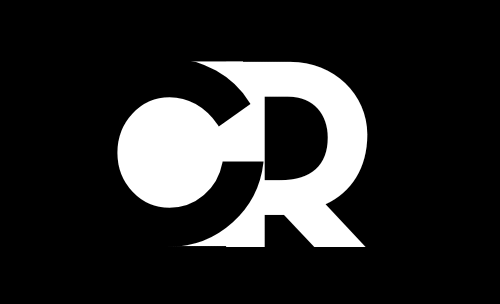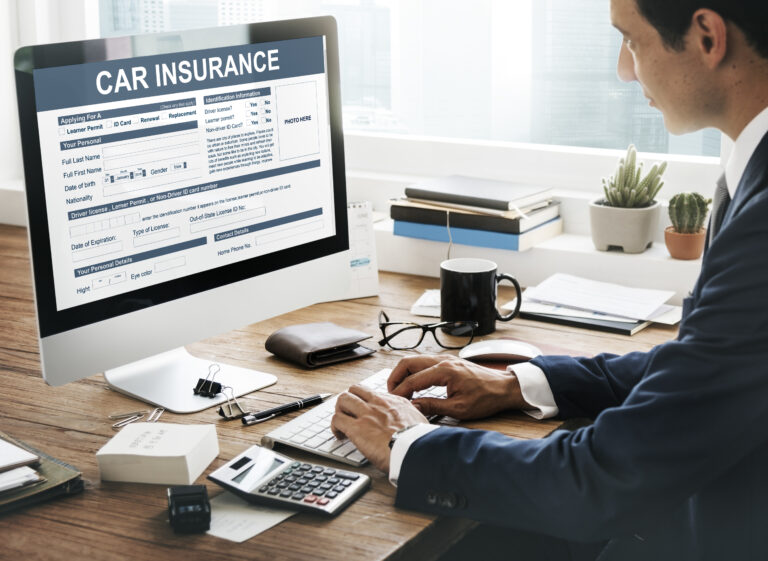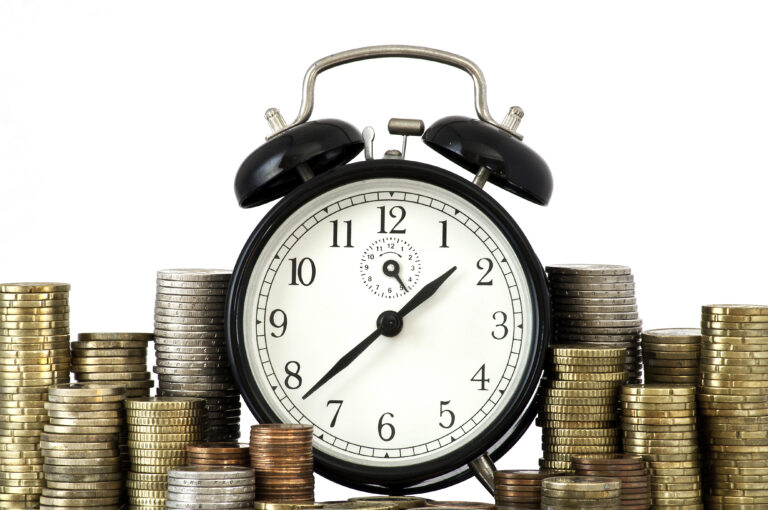Business Insurance for Restaurants | Complete Coverage Guide

Running a restaurant comes with unique risks ranging from kitchen fires and foodborne illnesses to employee injuries and customer accidents. While great food and service drive success, unexpected events can cause serious financial setbacks if you’re not protected. That’s where business insurance for restaurants plays a vital role.
The right coverage ensures your restaurant can withstand challenges without disrupting operations or draining your savings. From property damage to liability claims, business insurance offers peace of mind, so you can focus on what truly matters: serving your customers and growing your restaurant. This guide will walk you through the essential types of coverage every restaurant should consider and how to choose a policy that fits your needs.
What Is Restaurant Business Insurance?
Restaurant business insurance is a tailored set of policies designed to protect restaurant owners from the unique risks of running a food service business. Unlike a standard business policy, it combines different types of coverage to address situations common in restaurants such as property damage from kitchen fires, customer slip-and-fall accidents, food contamination, or even employee injuries.
In simple terms, it acts as a financial safety net. When unexpected events happen, instead of paying expenses out of pocket, your insurance helps cover the costs. This could mean repairing damaged equipment, paying medical bills for an injured customer, covering lost income during a temporary closure, or defending your business in a lawsuit.
Every restaurant is different whether it’s a small café, a food truck, or a fine dining establishment so insurance policies can be customized to match the specific risks you face. The goal is to ensure your business can continue running smoothly, even when the unexpected happens.
Why Restaurants Need Insurance Coverage?
Running a restaurant is exciting but also unpredictable. From the moment you open your doors, you’re exposed to risks that could lead to costly claims or even force your business to shut down. For example, a small grease fire could damage your kitchen equipment, a customer might get sick from contaminated food, or an employee could slip and get injured while working. Without insurance, these incidents can quickly drain your finances.
Insurance coverage gives restaurant owners the protection and peace of mind they need. It ensures that unexpected setbacks whether big or small don’t threaten the future of the business. Beyond financial security, having the right insurance is often a requirement. Landlords, lenders, and even licensing boards may ask for proof of coverage before allowing you to operate.
Most importantly, insurance allows you to focus on running and growing your restaurant instead of worrying about “what if” scenarios. With proper coverage in place, you’re better equipped to handle challenges and keep your doors open for your customers.
Key Types of Insurance for Restaurants
Restaurants face a wide range of risks, so a single insurance policy usually isn’t enough. Instead, coverage is built by combining different types of insurance that work together to protect your business. Here are the most important ones every restaurant owner should consider:
1. General Liability Insurance
This covers accidents involving customers, such as slip-and-fall injuries, foodborne illness claims, or property damage caused by your business. It’s often the foundation of restaurant insurance.
2. Property Insurance
Restaurants rely heavily on equipment, furniture, and the building itself. Property insurance protects against damage from fire, theft, vandalism, or natural disasters, ensuring you can repair or replace what’s lost.
3. Workers’ Compensation Insurance
With fast-paced kitchens and long hours, restaurant employees are at higher risk of injuries. Workers’ comp pays for medical care and lost wages if staff members get hurt while on the job, while also protecting you from costly lawsuits.
4. Liquor Liability Insurance
If your restaurant serves alcohol, this coverage is crucial. It protects you if a customer causes damage or injury after drinking at your establishment and you’re held legally responsible.
5. Business Interruption Insurance
Unexpected closures such as those caused by fires, storms, or utility outages can halt your income. This insurance helps replace lost revenue and cover ongoing expenses during downtime.
6. Commercial Auto Insurance
If your business involves food delivery or catering with company vehicles, you’ll need this policy to protect against accidents, injuries, or damage involving your vehicles.
7. Cyber Liability Insurance
Restaurants often process credit card payments and store customer data. Cyber liability coverage protects against data breaches, hacking, or other cyber risks that could harm your reputation and finances.
By combining these policies, you create a comprehensive safety net that addresses the many risks restaurants face every day.
How Much Does Restaurant Insurance Cost?

The cost of restaurant insurance can vary widely, but most small to mid-sized restaurants spend anywhere from $2,000 to $10,000 per year on coverage. The exact amount depends on factors like your location, size, type of cuisine, number of employees, and whether you serve alcohol. For example, a small café with a few employees will generally pay less than a busy bar or fine-dining restaurant with a liquor license.
Different policies are priced separately and then bundled together. General liability and property insurance are often combined in a Business Owner’s Policy (BOP), which helps keep costs lower. Workers’ compensation and liquor liability tend to add more to the overall premium, especially if your staff is large or alcohol sales are a big part of your revenue.
While the price may seem high, it’s important to view insurance as an investment in stability. A single accident or lawsuit could cost far more than your annual premium. With the right coverage, you can manage risks affordably and protect your business’s long-term financial health.
Factors That Affect Your Premiums
Insurance premiums for restaurants aren’t one-size-fits-all. Providers calculate your costs based on the specific risks your business carries. Understanding these factors can help you see why your rates are what they are and how you might lower them.
1. Type of Restaurant
A small coffee shop has fewer risks than a nightclub or bar that serves alcohol late into the night. The more complex your operations, the higher your premiums.
2. Location
Restaurants in areas prone to crime, flooding, or wildfires often pay more for property coverage. Similarly, local laws and insurance regulations can influence your costs.
3. Size of Your Business
The number of employees, seating capacity, and annual revenue all play a role. Bigger restaurants generally face more liability exposure and higher insurance costs.
4. Alcohol Sales
If alcohol makes up a significant portion of your sales, you’ll need liquor liability coverage, which raises premiums because of the higher risk of related claims.
5. Claims History
A clean record can work in your favor, while past claims—such as employee injuries or customer lawsuits—signal higher risk and result in higher costs.
6. Coverage Limits and Deductibles
Choosing higher coverage limits increases your premium, while higher deductibles can lower it. Balancing these two helps you control costs without sacrificing protection.
By knowing these factors, you can better understand your policy pricing and work with your insurer to find coverage that fits both your needs and your budget.
How to Choose the Right Coverage for Your Restaurant?
Choosing the right insurance for your restaurant starts with understanding your specific risks. Every restaurant operates differently, so the coverage that works for a food truck won’t necessarily fit a steakhouse or family diner. The key is to match your policies to the areas where your business is most vulnerable.
Start by identifying your biggest exposures. If you own your building, property insurance should be a priority. If alcohol is a major part of your sales, liquor liability is a must. Restaurants with delivery services need commercial auto coverage, while those handling large volumes of credit card transactions should consider cyber liability protection.
Next, look for bundled policies, such as a Business Owner’s Policy (BOP), which combines general liability and property insurance at a lower cost. From there, add specialized coverage based on your operations. It’s also smart to work with an insurance broker who understands the restaurant industry they can guide you through options, explain what’s legally required in your state, and help you avoid gaps in coverage.
Finally, review your policies regularly. As your restaurant grows, hires more employees, or expands its services, your insurance needs will change. Keeping coverage up to date ensures your business stays protected as it evolves.
Tips to Save on Restaurant Insurance
Insurance is essential, but that doesn’t mean you have to overpay. By taking a few smart steps, you can keep your premiums manageable without sacrificing the protection your restaurant needs.
1. Bundle Policies
Combining general liability, property insurance, and sometimes business interruption into a Business Owner’s Policy (BOP) usually costs less than buying each separately.
2. Improve Safety Standards
A safe workplace reduces the chances of accidents and claims. Train staff on food safety, fire prevention, and handling equipment properly. Installing fire suppression systems and security cameras can also help lower costs.
3. Maintain a Clean Claims Record
Fewer claims signal lower risk to insurers, which often translates into lower premiums over time. Address small issues quickly before they turn into big problems.
4. Adjust Deductibles
Choosing a higher deductible can reduce your monthly or yearly premium. Just be sure your business can handle the out-of-pocket expense if something happens.
5. Shop Around and Compare Quotes
Different insurers price risk differently. Getting multiple quotes allows you to find the best balance of coverage and affordability.
6. Review Coverage Regularly
As your restaurant changes expanding seating, adding delivery, or offering alcohol your insurance needs will shift. Regular reviews keep you from paying for unnecessary coverage or being underinsured.
By being proactive and strategic, you can reduce costs while still keeping your restaurant well-protected.
Common Mistakes to Avoid When Buying Coverage
Buying insurance can feel overwhelming, and it’s easy for restaurant owners to make choices that leave them underprotected or paying more than necessary. Avoiding common mistakes ensures you get the right coverage from the start.
1. Buying the Cheapest Policy
Going for the lowest premium might save money short-term, but it often means limited protection. If a major claim arises, you could be left covering huge costs out of pocket.
2. Overlooking Liquor Liability
Restaurants and bars that serve alcohol face high risks. Skipping liquor liability coverage is one of the biggest mistakes, as lawsuits from alcohol-related incidents can be financially devastating.
3. Ignoring Business Interruption Insurance
Many owners focus on property and liability coverage but forget about income protection. If your restaurant has to shut down temporarily, business interruption insurance can be the difference between reopening and closing for good.
4. Not Reviewing Policies Regularly
As your restaurant grows, so do your risks. Failing to update coverage when you expand your menu, add delivery services, or hire more staff can leave dangerous gaps.
5. Assuming All Risks Are Covered
Not all policies are the same. For example, property insurance usually excludes flood damage, and cyber risks aren’t included unless you add coverage. Always read the fine print and ask questions.
By steering clear of these mistakes, you’ll build a stronger insurance plan that truly safeguards your restaurant against real-world risks.
Final Thoughts | Protecting Your Restaurant’s Future
Running a restaurant is both rewarding and challenging. While great food and service drive success, risks like accidents, property damage, or unexpected closures can threaten everything you’ve built. That’s why having the right insurance isn’t just a safety measure it’s a business necessity.
With comprehensive coverage in place, you’re not only protecting your finances but also securing peace of mind. Insurance allows you to focus on what matters most: delivering a memorable dining experience and growing your business. By understanding the types of coverage available, choosing policies tailored to your needs, and avoiding common pitfalls, you’ll create a safety net that supports your restaurant’s long-term success.
Investing in the right insurance today means your restaurant is prepared for tomorrow no matter what challenges come your way.






